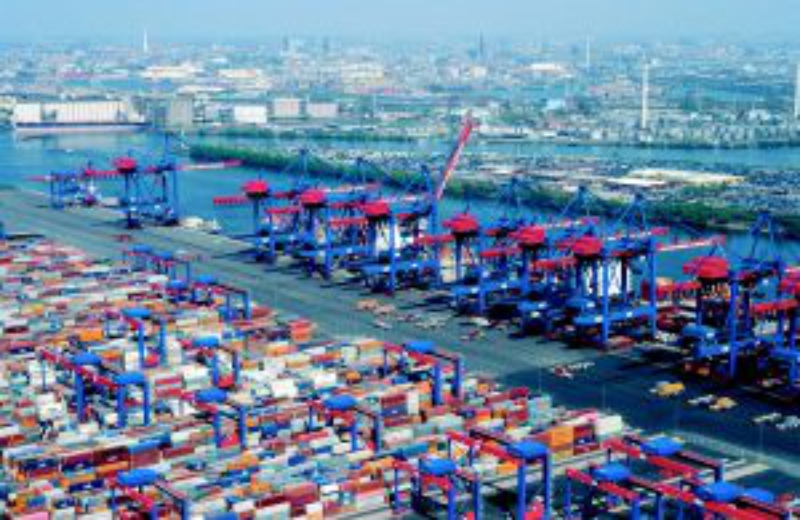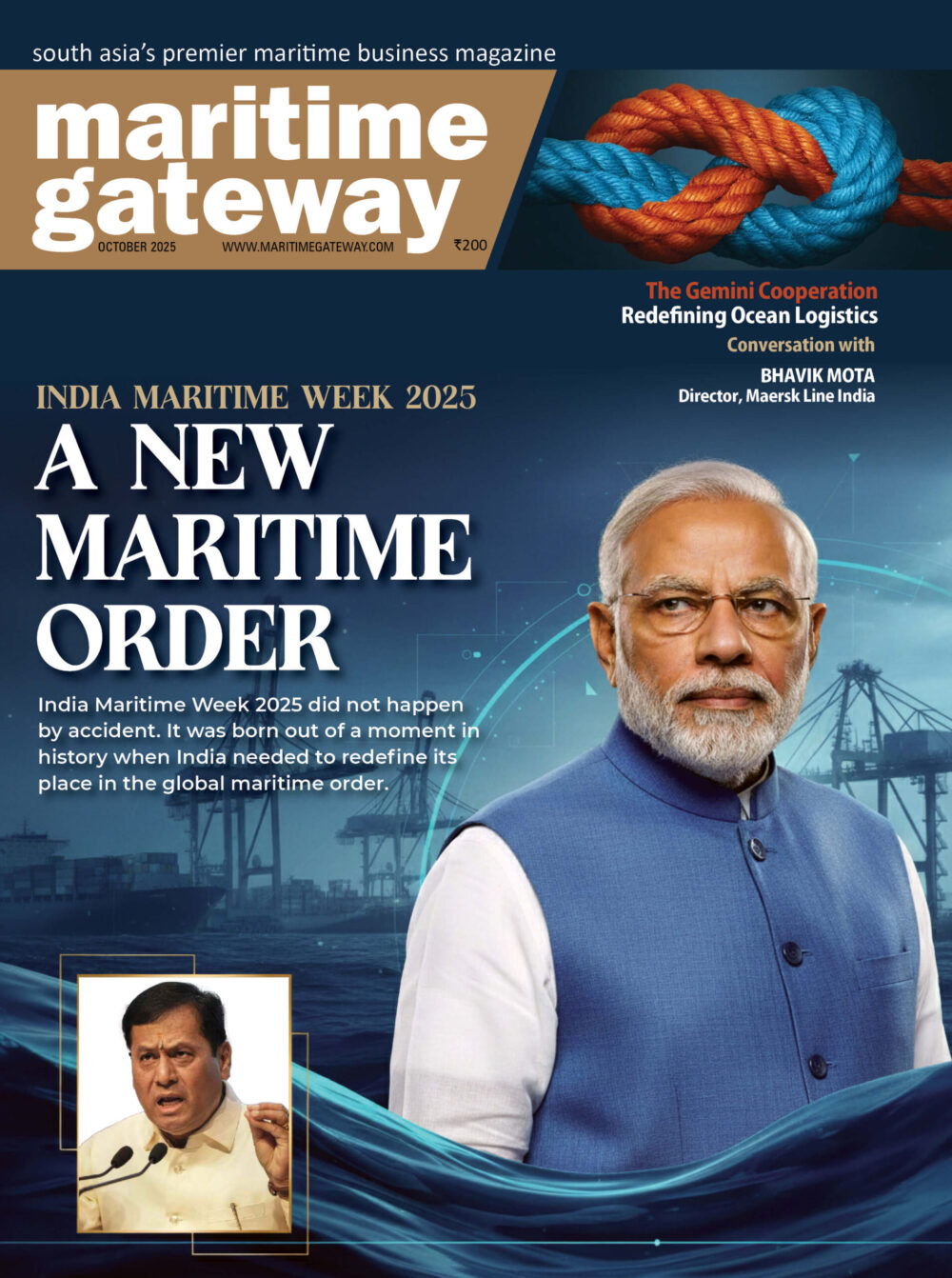Located on the river Elbe in Hamburg, Germany, the Port of Hamburg has the distinction of being one of the leading multi-cargo hubs in the world. The statistics speak for themselves. It has a whopping almost 300 berths and a total of 43 km of quay for seagoing vessels where around 8,000 ships call in a year. Four state-of-the-art container terminals adorn the port, along with three cruise terminals and around 50 facilities specialised in handling RoRo, break-bulk and all kinds of bulk cargoes. It offers more than 2,000 container train connections weekly and is supported by about 7,300 logistics companies within the city limits.
Performance high
Germany’s largest seaport is, therefore, also a leader in performance. It registered a throughput of 135.1 million tonnes in 2018, which included around 8.7 million TEUs of containers. Hamburg is the third-largest container port in Europe and placed 19th among the world’s top container ports. Capable of handling the largest box vessels, over 100 liner services connect Hamburg with a great majority of the 1,000 seaports worldwide.
A highlight of the 2018 volume was the record handling of 46.8 million tonnes of railborne freight transport, including 4.7 per cent more containers. More than 60,000 cargo trains with around 1.6 million freight cars were handled during 2018 on the Port Railway network alone. This topped the record total set in 2016 and extended Hamburg’s position as Europe’s leading rail port.
The CEO of Hamburg Port Authority, says: “The positive figures for the Port Railway are a success that we achieved together with our partners last year. We can be justly proud of this performance.”
Hamburg is Europe’s largest rail port and also one of the largest inland waterways ports in Germany.
The port management is proud of the 2018 performance, emphasising that the port “successfully asserted itself in a difficult environment”.
A bright new year
Continuing on its growth trajectory, 2019 has begun with a bang for the Port of Hamburg. Seaborne cargo throughput was up by 6 per cent at 34.6 million tonnes in the first quarter, with both, general cargo throughput, at 23.9 million tonnes (up 5.4 per cent), and bulk cargo throughput, at 10.7 million tonnes (up 7.5 per cent), rising substantially.
Besides, there was a 6.4 per cent increase in container handling to 2.3 million TEUs, primarily attributable to four liner services new to Hamburg and linking the Hanseatic City with ports in the US, Canada and Mexico. Twelve liner services now link the port directly with 29 ports in the three countries.
The smart, intelligent port
The state-of-the-art digital intelligence at the port guarantees a smooth, efficient operation. The control systems used by the Hamburg Port Authority are world-leading, while the interaction between sensor technology and analysis, forecasting and information systems delivers huge efficiency improvements. This is not only good for business, it also protects the environment. Thanks to its smartPort philosophy, the Hamburg Port Authority is achieving sustainable economic growth and maximum benefit for its customers and the people of Hamburg, while minimising its environmental impact. In addition, smartPort is constantly being developed and adapted, as per a port communiqué.
A bigger & better future
A major ongoing development is the deepening and widening of the Elbe, following which major shipping companies have said they will be making Hamburg their first discharge and last loading port in Northern Europe for their container services. Once the Elbe has been deepened, large containerships and bulk carriers will be able to bring around 18,000 tonnes more cargo to Hamburg, likewise being able to sail with increased quantities. The port and its handling terminals are already clearing mega carriers with slot capacities of over 21,000 TEUs and, looking to the future, are preparing to clear arrivals and departures by even larger vessels, up to 23,000 TEUs.









